

Problem of the Week
Problem C and Solution
An Odd Sum
Problem
Five cards are numbered 1 through 5. The back of each card is identical. The cards are mixed up and placed faced down. A person randomly flips over three cards and determines the sum of the three exposed cards. What is the probability that the sum is odd?
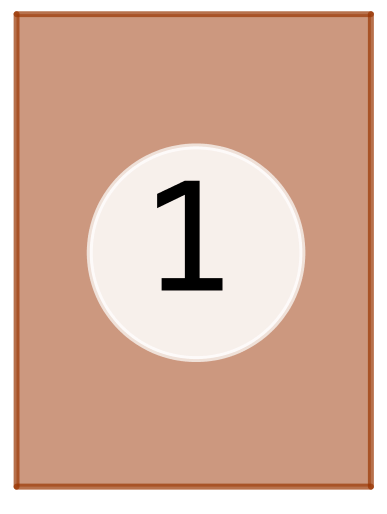
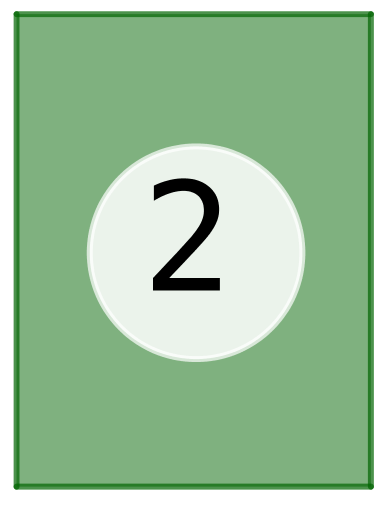
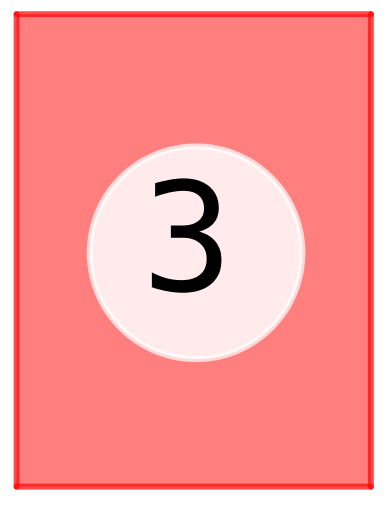
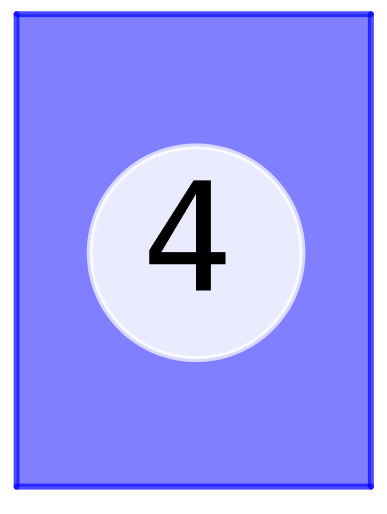
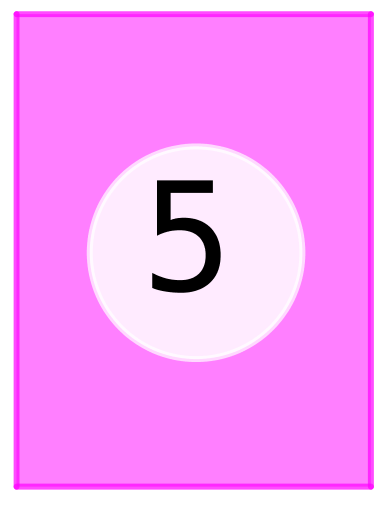
Solution
In order to determine the probability, we must determine the number of ways to obtain a sum that is odd and divide it by the total number of possible selections of three cards.
We will count all of the possibilities by systematically listing the possible selections.
Select 1 and 2 and one higher number: 123, 124, 125; three possibilities.
Select 1 and 3 and one higher number: 134, 135; two possibilities.
Select 1 and 4 and one higher number: 145; one possibility.
Select 2 and 3 and one higher number: 234, 235; two possibilities.
Select 2 and 4 and one higher number: 245; one possibility.
Select 3 and 4 and one higher number: 345; one possibility.
By counting the outcomes from each case, there are \(3+2+1+2+1+1=10\) possible selections of three cards. We must now determine how many of these selections have an odd sum. We could take each of the possibilities, determine the sum and then count the number which produce an odd sum. However, we will present a different method which could be useful in other situations. The sum of three numbers is odd in two instances: there are three odd numbers or there is one odd number and two even numbers.
Selections with three odd numbers: 135.
Selections with one odd number and two even numbers: 124, 234 and 245.
The total number of selections where the sum is odd is \(1+3=4\).
Therefore, the probability of selecting three cards with an odd sum is \(\dfrac{4}{10}=\dfrac{2}{5}\).
Extending the problem:
If nine cards numbered 1 to 9 are mixed up and placed face down, then the probability of flipping over three cards that have an odd sum is \(\dfrac{10}{21}\). Can you verify this?